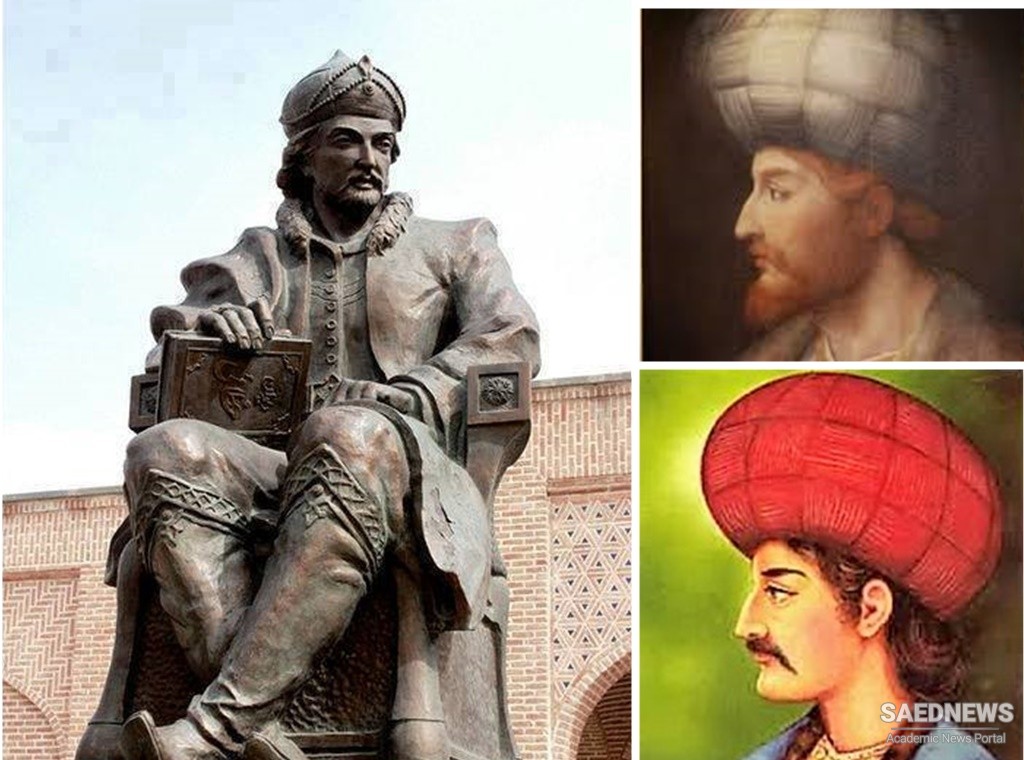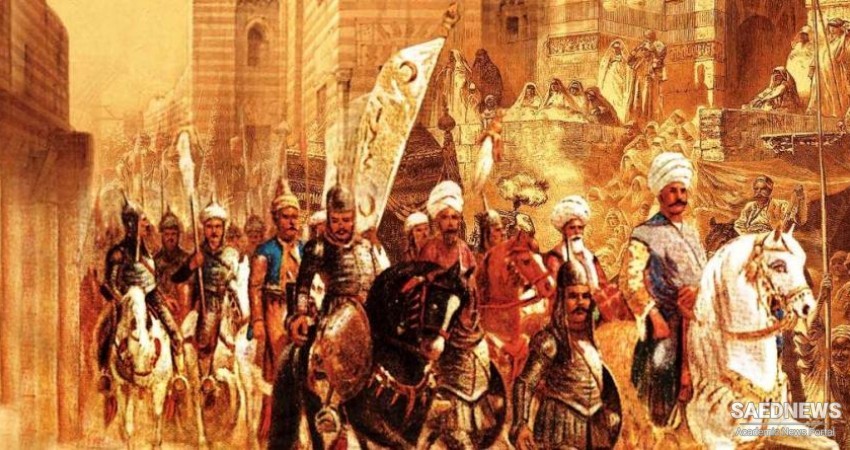The developments in Persia and their repercussions in the eastern territories of the Ottoman empire - for this is how the revolt must have appeared to Selim - had already given him enough grounds for concern: now, about the time of his accession, further disquieting information reached him. The Persian intervention which Istanbul, erroneously, had expected earlier at the time of Isma'il's campaigns against Arzinjan in 905/1500 and Abulustan in 913/1507, had finally occurred. Not the shah in person, but his governor in Arzinjan, Nur 'All Khalifa Rumlu, had now invaded Ottoman territory on the orders of his master to assist the rebels in Rum. He sacked several Ottoman towns and finally, together with Prince Murad, whom he had intercepted on his march towards Persia, the city of Toqat. He inflicted a devastating defeat on an Ottoman general, Yular Qisd'i Sinan Pasha, who attacked him on his return march close to the frontier.As soon as Selim I had prevailed over his brothers, he ordered a pitiless repression of the Anatolian Qizilbash. Anyone who was known or suspected to be a member of the movement was called to account. All ascertainable Qizilbash were registered; some were executed, others imprisoned. On this occasion too the victims were nomadic Turkmen tribesmen or peasant villagers; townspeople as a rule showed little tendency to support extremist movements. The reason for the persecution was the repeated revolts of the Qizilbash and their connection with the Safavids - not their Shi'I faith, even though this conflicted with the dominant SunnI creed of the Ottoman empire. Therewere other Shia groups who remained unscathed as long as they refrained from treasonable activities. It is possible that Sellm saw in the rebellion of the Anatolian Qizilbash the culmination of certain separatist tendencies which had troubled the province of Rum for decades. At all events he did not draw the line at internal measures, but on 10 March 1514 set out for a campaign against Persia. Both his military advisers and his troops were loth to undertake this campaign, a factor which subsequently proved of some consequence (Source: The Cambridge History of Iran, vol. 6).



 Qizilbash Revolt in Anatolia Makes the New Ottoman Premier Alert
Qizilbash Revolt in Anatolia Makes the New Ottoman Premier Alert














































